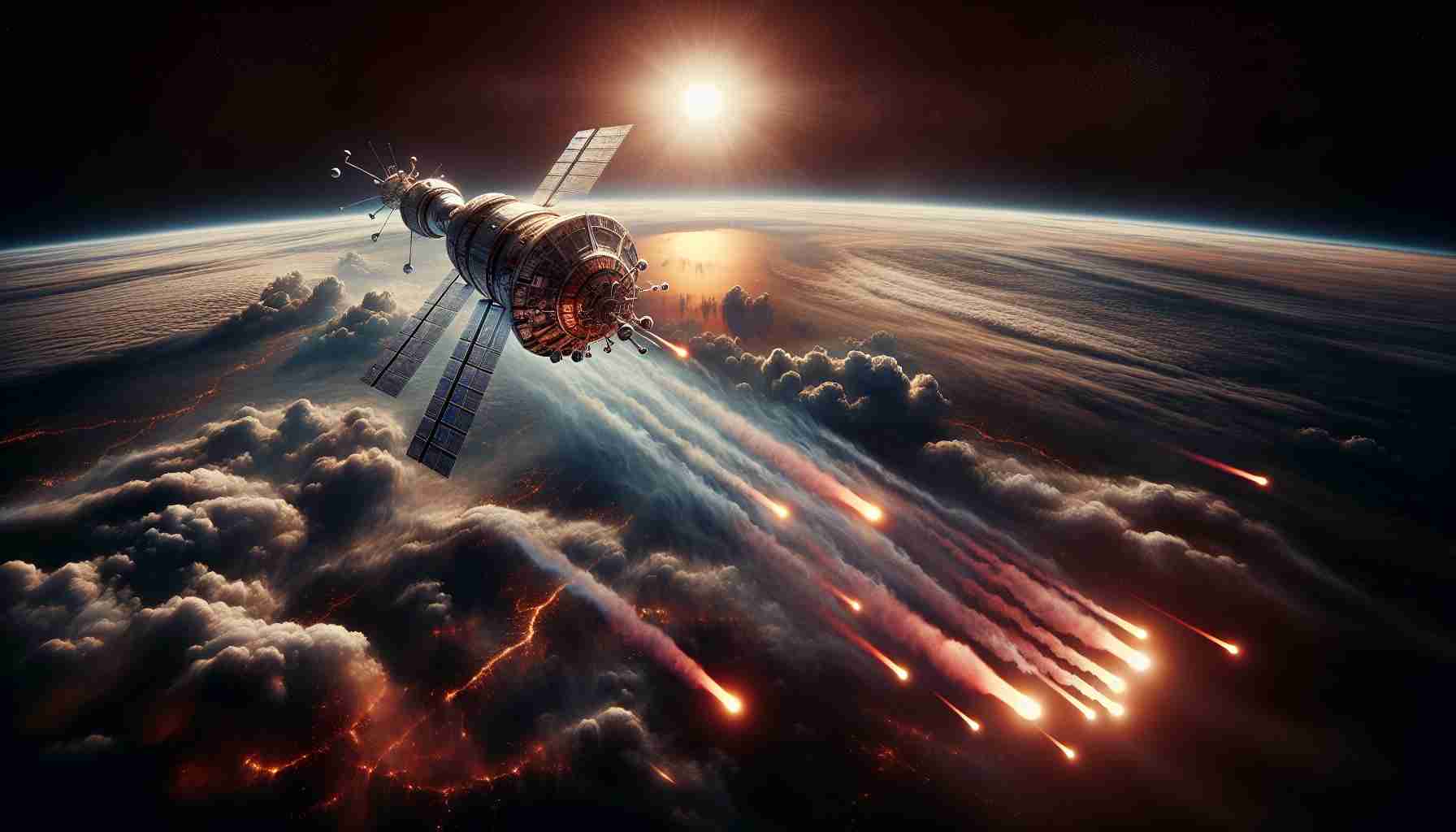
The Soyuz MS-25 spacecraft is set to safely land in Kazakhstan this coming Monday, marking the end of an extensive space mission. This return trip will conclude the year-long journey of two Russian cosmonauts, Oleg Kononenko and Nikolay Chub, alongside NASA astronaut Tracy Dyson, who has spent six months aboard the International Space Station (ISS).
According to announcements from the Roscosmos press office, preparations for their return are well underway. The spacecraft’s undocking is planned for 11:37 AM Moscow time, with an estimated landing time of approximately 3:00 PM Moscow time.
This mission highlights significant collaborative efforts in space exploration. Kononenko and Chub’s extended stay aboard the ISS has contributed valuable scientific research and technology development in low-gravity environments. Meanwhile, Dyson’s work during her six-month mission has strengthened the international partnership in human spaceflight.
As they complete their missions and return to Earth, the crew’s experiences will undoubtedly enhance our understanding of prolonged space habitation. The safe landing of Soyuz MS-25 will not only signify a successful mission but also set the stage for future endeavors in human space exploration. The world eagerly awaits the crew’s insights and stories from their time in orbit.
Return from Orbit: Soyuz MS-25 Crew’s Journey Home
As the Soyuz MS-25 spacecraft prepares for its return to Earth, a momentous journey comes to fruition. This mission, which saw the astronauts and cosmonauts undertake extensive research aboard the International Space Station (ISS), not only showcases human endurance but also presents insight into the complexities of space travel and the challenges of returning home.
What are the critical highlights of the Soyuz MS-25 mission?
The Soyuz MS-25 mission stands out not just for its scientific contributions but also for demonstrating the international collaboration necessary in modern space exploration. Notably, this mission saw advancements in research focused on human health in microgravity, studies on plant growth under artificial illumination, and experiments in fluid dynamics which can have applications both in space and on Earth.
What are the key challenges associated with the return journey?
The return phase of a space mission involves several key challenges, including atmospheric re-entry, thermal protection, and precise landing techniques. The crew must navigate the intense heat generated as they re-enter the Earth’s atmosphere, which can reach temperatures of over 1,600 degrees Celsius. Additionally, the coordination between various space agencies for a smooth transition from orbit to landing involves meticulous planning and timing.
What controversies surround the Soyuz program and its missions?
While the Soyuz program has been a cornerstone of human spaceflight since the 1960s, it has faced scrutiny over the years, especially concerning safety following high-profile incidents and the aging design of its spacecraft. Critics argue for the need for newer technologies, yet advocates highlight the reliability and historical success of the program. This dichotomy presents an ongoing debate about the balance between heritage and innovation in space exploration.
Advantages and Disadvantages of the Soyuz MS-25 Mission
The advantages of the Soyuz MS-25 mission are significant. Its continuity of human presence in space, alongside fostering international cooperation, highlights the strengths of collaborative efforts in science and technology. The findings from long-duration missions are invaluable in preparing for future Mars missions and permanent lunar bases.
However, disadvantages persist. The reliance on the Soyuz spacecraft may delay the transition to newer technologies, such as NASA’s Artemis program and SpaceX’s Crew Dragon, which offer different capabilities and have the potential to reduce costs. The aging infrastructure and design of the Soyuz also pose risks as the mission requirements evolve.
Conclusion
The return of the Soyuz MS-25 crew marks a pivotal moment in ongoing human spaceflight endeavors. Not only does it bring back vital information and experiences from the ISS, but it also sets the stage for further advancements in space exploration. As we await the crew’s arrival and insights, the mission underlines the broader narrative of humanity’s quest to explore beyond our planet.
For more information on space missions and advancements, visit NASA’s official website or Roscosmos’ official page.



